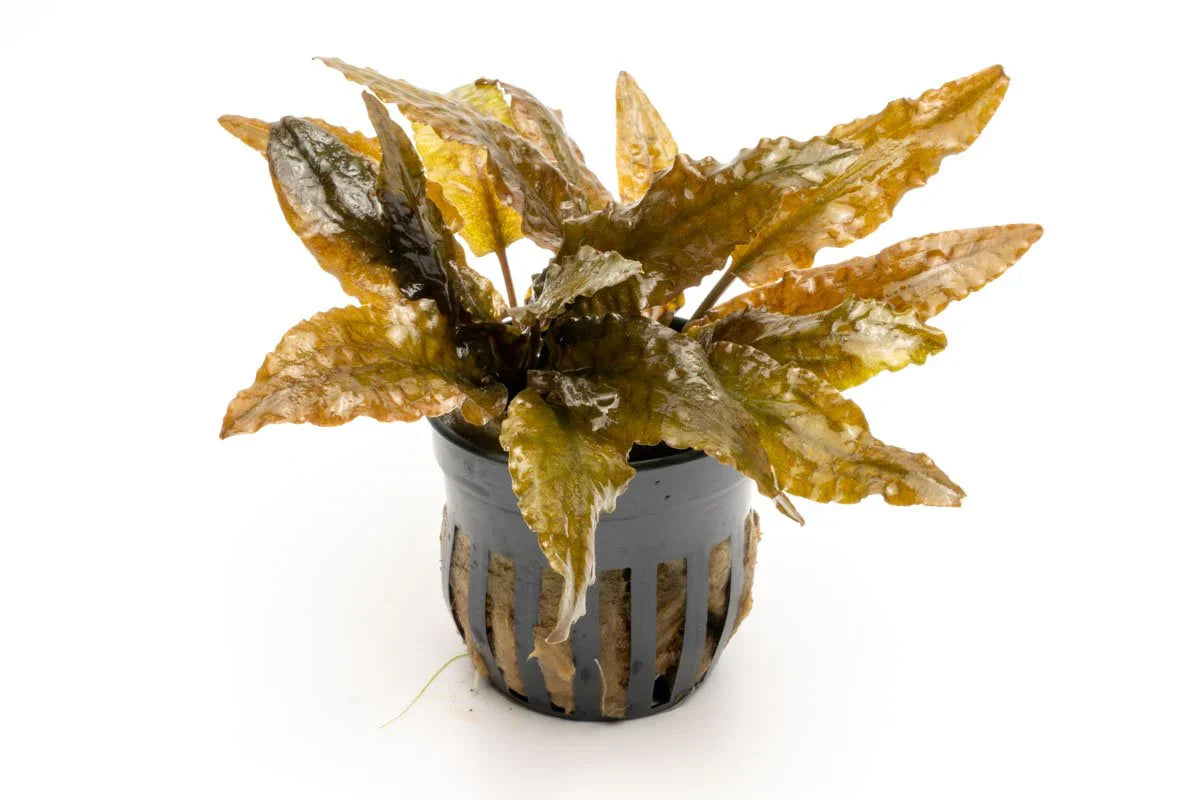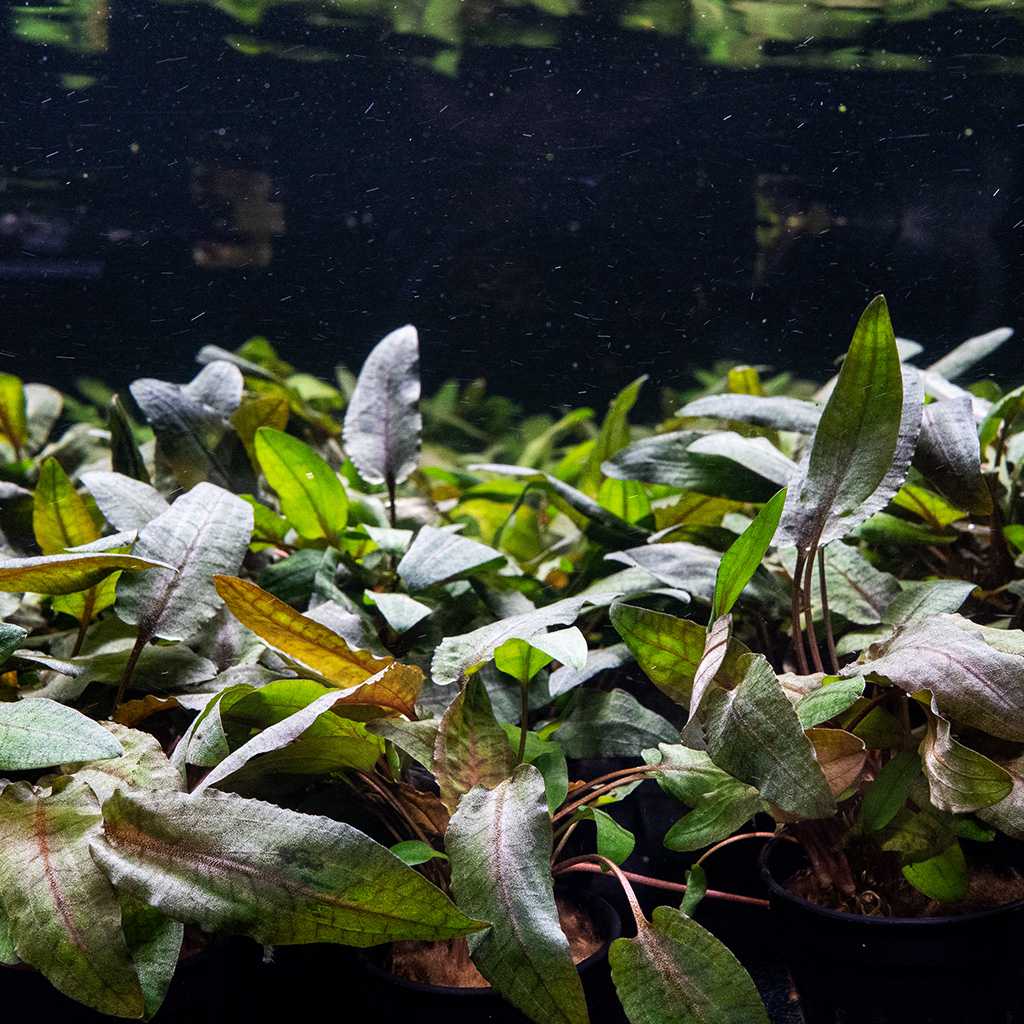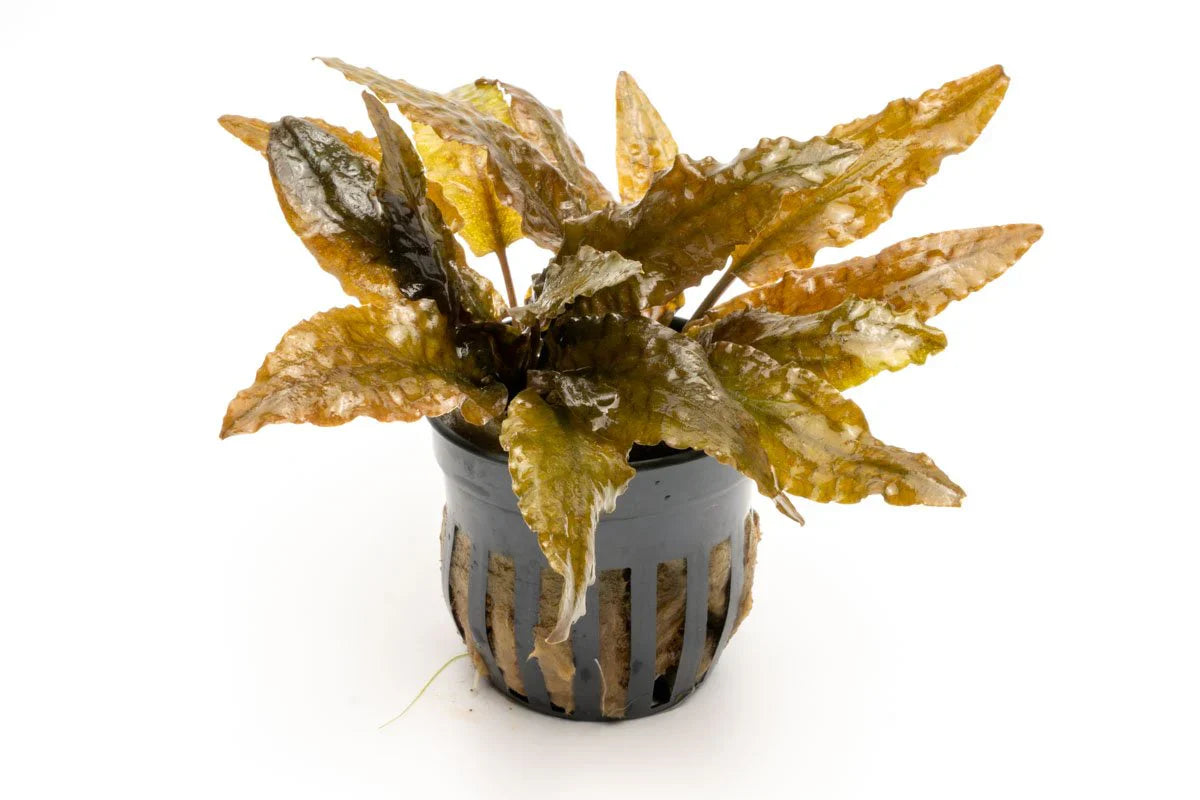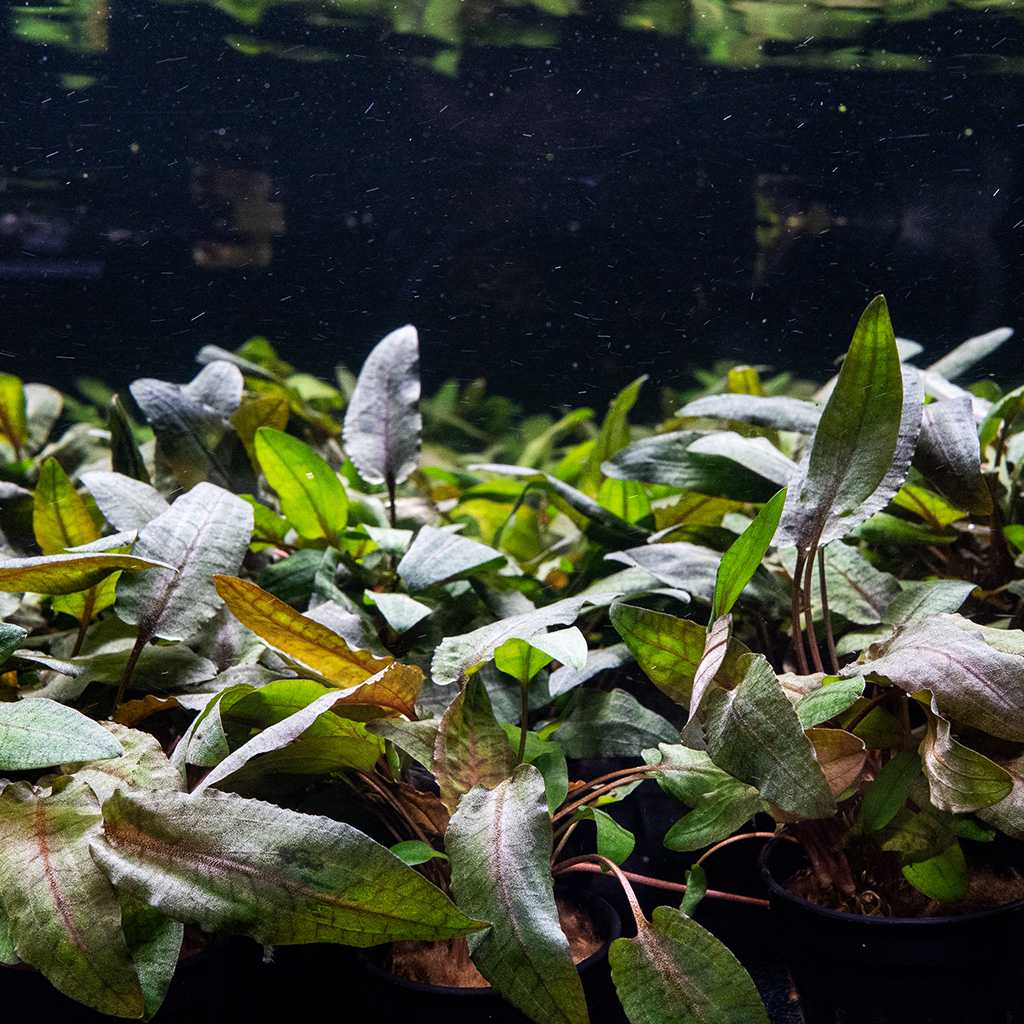🌿 Cryptocoryne Tropica - Hardy Freshwater Aquarium Plant
Enhance your aquascape with the Cryptocoryne Tropica, a beautiful and resilient plant known for its wavy, textured leaves. With its compact growth, it is perfect for midground placement and provides a natural, lush appearance to any freshwater aquarium. Easy to care for, it's an ideal choice for beginners and experienced aquarists alike.
Cryptocoryne Tropica Quick Facts
| Feature | Details |
|---|---|
| 🌍 Origin | Southeast Asia |
| 📏 Size | 4 - 8 inches |
| 💡 Lighting | Low to moderate |
| 🌡️ Temperature | 72°F - 82°F (22°C - 28°C) |
| 💧 pH Range | 6.0 - 7.5 |
| 🎨 Color | Green to reddish-brown, wavy textured leaves |
| 🪴 Position in Tank | Midground |
| 🌟 Difficulty | Beginner-friendly (easy) |
| 🐟 Compatibility | Betta fish, Neocaridina/Caridina shrimp, snails, community fish |
Why Choose Cryptocoryne Tropica?
- ✔️ Compact and wavy leaves – Creates a natural and dense aquascape.
- ✔️ Low-light tolerant – Thrives in low to moderate lighting conditions.
- ✔️ Hardy and slow-growing – Requires minimal maintenance.
- ✔️ Provides shelter – Great for fish and shrimp seeking hiding spots.
- ✔️ Improves water quality – Helps stabilize water conditions and reduce excess nutrients.
How to Care for Cryptocoryne Tropica
Care Tips
- Lighting: Grows well in low to moderate lighting, making it ideal for low-tech setups.
- Placement: Best used as a midground plant due to its compact size.
- Substrate: Prefers nutrient-rich substrate; root tabs enhance growth.
- Fertilizer: Occasional root fertilization helps maintain healthy leaves.
- Maintenance: Trim dead or melting leaves to promote new growth.
Propagation Steps
- Wait for Runners: The plant naturally produces side shoots or runners.
- Separate the Baby Plants: Once plantlets develop roots, gently separate them from the main plant.
- Replant: Place the new plantlets into the substrate and allow them to establish.



